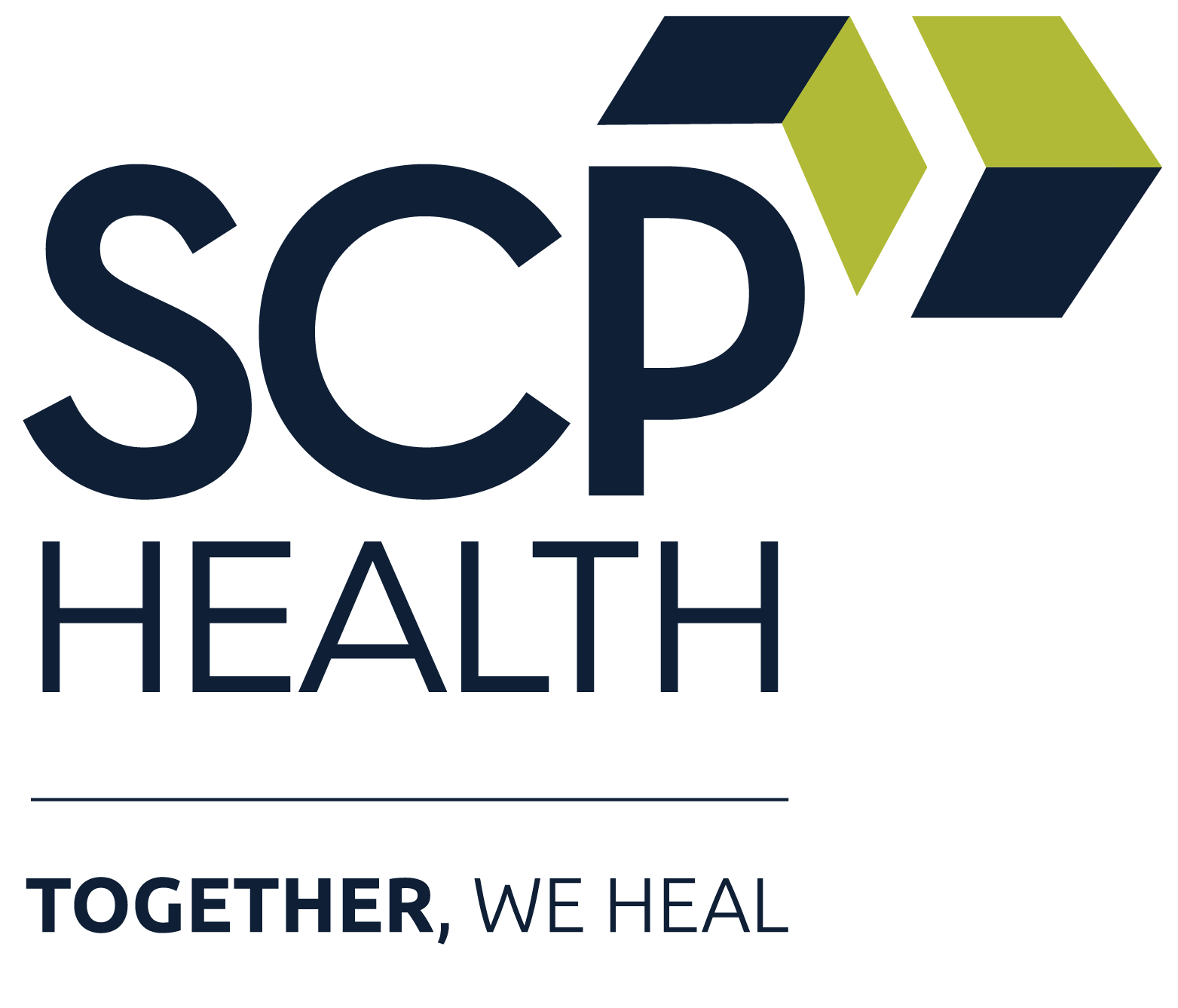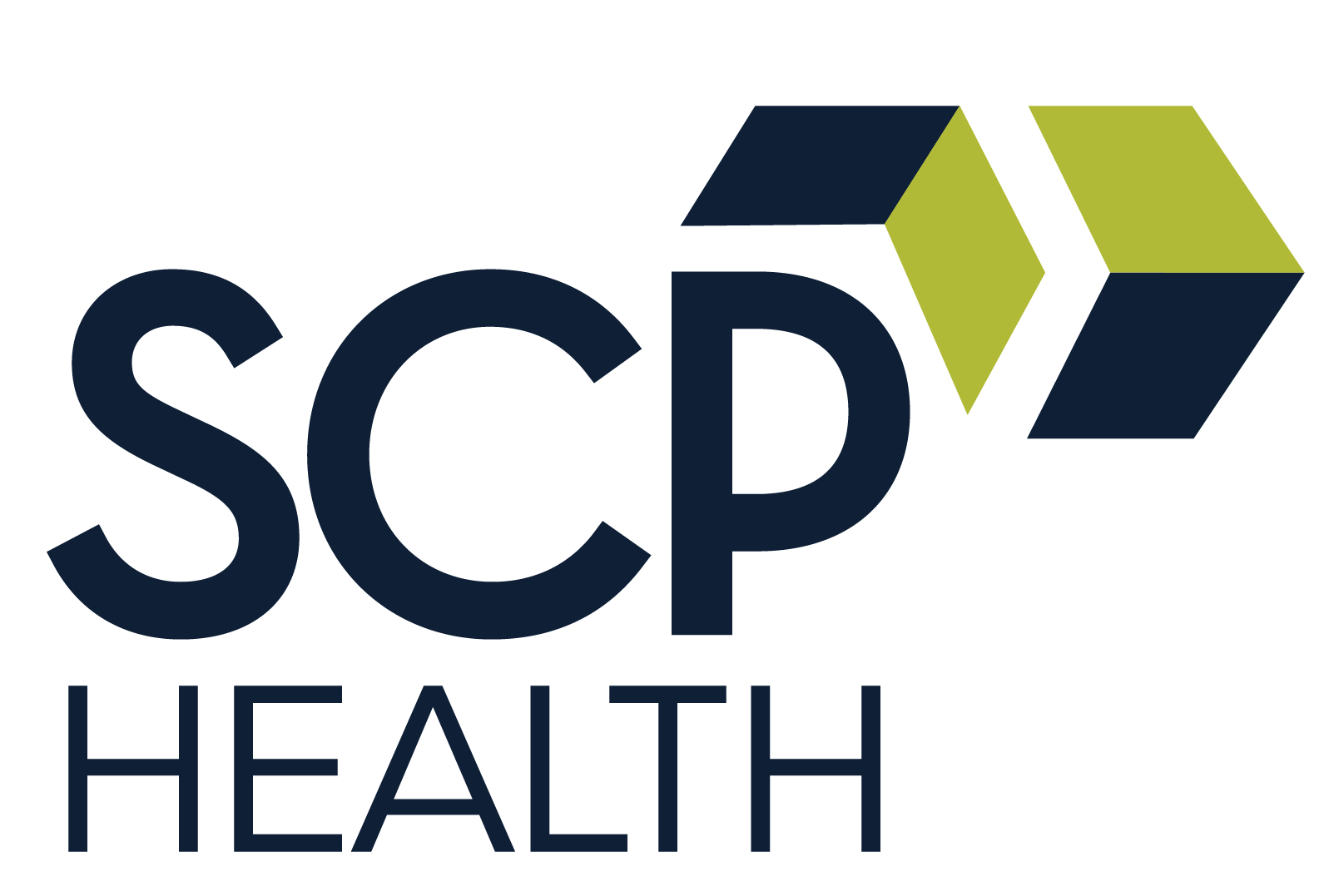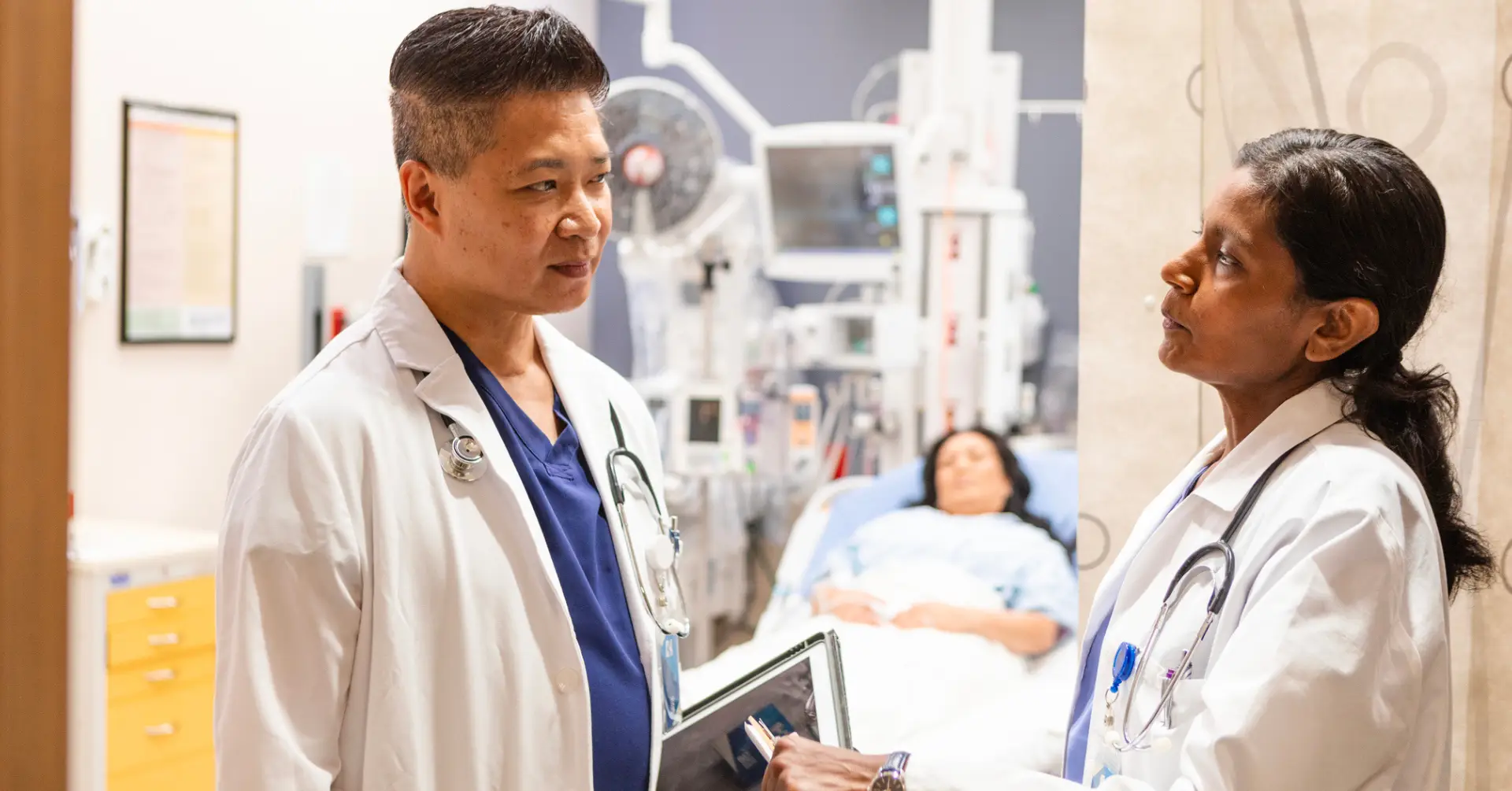As a practicing clinician, the number of to-dos on your list per day are probably innumerable and at times even overwhelming. In the midst of it all, it’s possible that important habits or requirements could slip out of view—resulting in a diminished reputation or even a lawsuit.
(Note: This resource does not provide legal advice and should not be read as such.)
Use this best practice “to-do” list to stay organized and on top of important items like documentation, smooth hand-offs, and bedside manner.
Best practice #1: Be a clear, compassionate communicator
This practice applies to both patient and colleague interactions. You can easily gain or lose respect if you lose sight of how to kindly and reasonably communicate with those around you. Consistently improving your communication skills will help keep your patients happy and your working relationships healthy.
Best practice #2: Document, document, document
Follow these simple dos and don’ts to keep your documentation game strong.
DO DOCUMENT: Exam and findings; clinical decision-making; orders; consultations; diagnosis and disposition; communications; conversations; contemporaneously and with care
DON’T DOCUMENT: After you receive notice of a complaint, what your opinion is of patient intentions or motives, what you think about the other clinicians involved.
Best practice #3: Make sure your diagnosis fits
Don’t fall prey to a forced diagnosis. You want to be as confident as possible in why you chose your diagnoses—and able to clearly articulate your reasoning, if asked.
Best practice #4: Execute smooth patient hand-offs
During a busy day or after a long shift, patient transition or hand-off might be the last thing you want to spend a lot of time on. Before you move on to the next thing or head home, make sure you’ve been clear and comprehensive with the provider who is taking your patient. Give the full picture; assess the patient; document well; and be aware of outstanding tests.
Best practice #5: Just be nice
Easier said than done, we know—but it’s not a foregone conclusion. In the midst of everything going on and the certain exhaustion they are feeling, clinicians can lose sight of how critical the simple act of being nice is. So, speak kindly; listen closely; check in with your patients, colleagues, and yourself; set expectations— then follow through; provide regular updates to caregivers; and don’t forget to smile.






